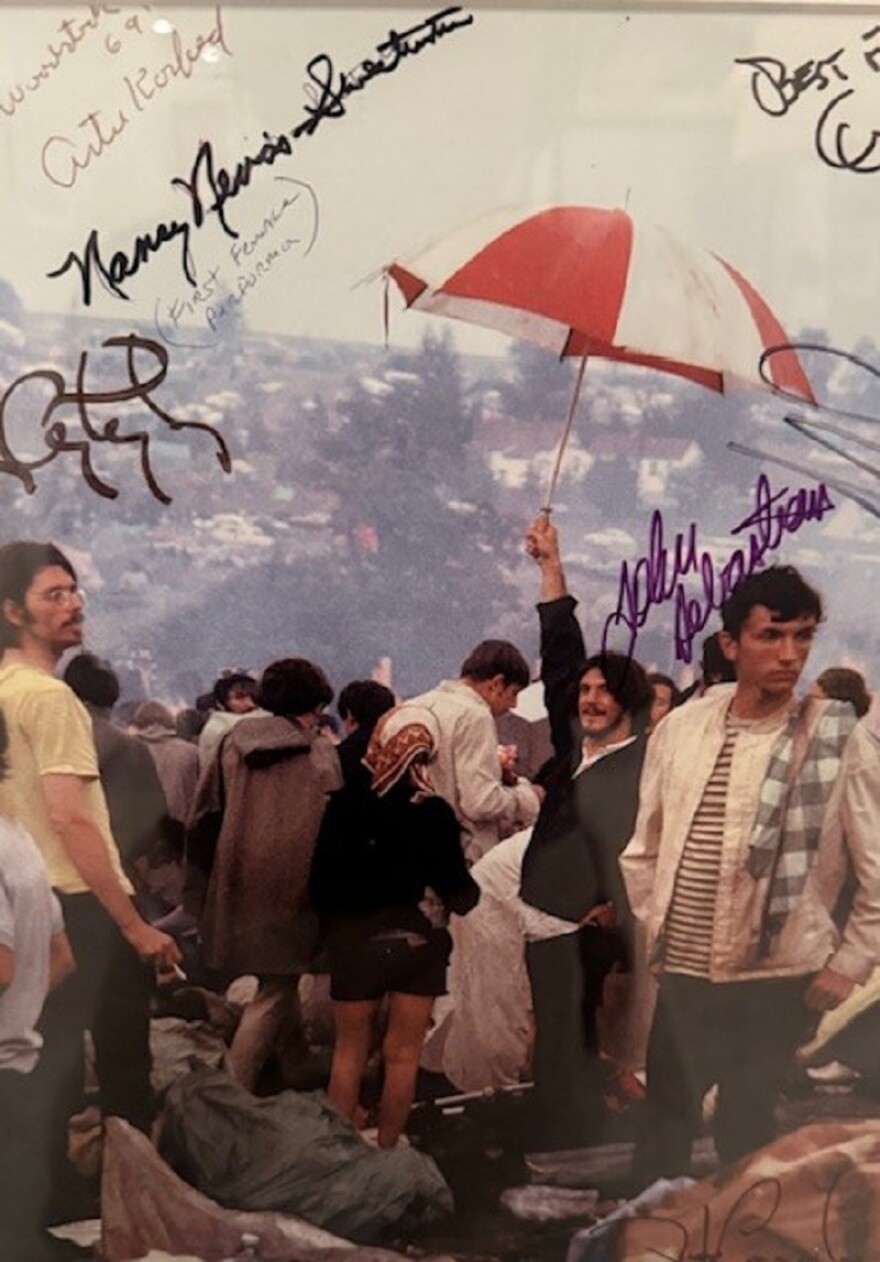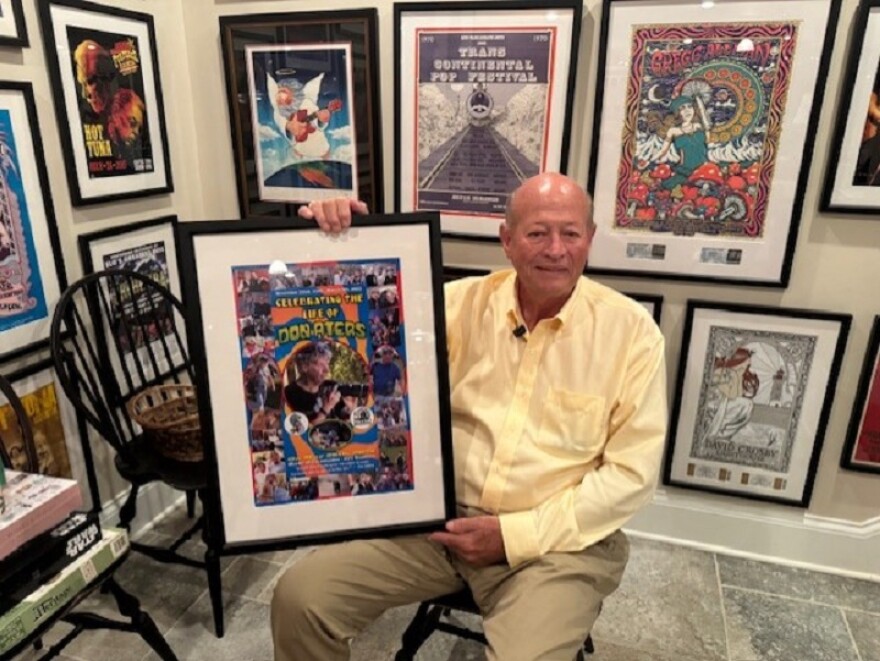Jimi Hendrix, Janis Joplin, the Stones, and The Beatles…. all rock ‘n roll legends who helped shape a musical and cultural revolution in America in the 1960s.
A Versailles man was front and center to it all. Don Aters was 21 and living in San Francisco after serving in the U-S Navy, where he learned about photography. It led to a lifelong journey of photographing rock stars at concerts.

Don was in the Haight Ashbury neighborhood in San Francisco, where bands like the Grateful Dead, Jefferson Airplane, and Big Brother and the Holding Company (Janis Joplin) took the stage and flourished.
His wife Sharon, who lives in Versailles, says Don was in the right place at the right time and had a knack for making friends with concert promoters and producers.
“That was kind of the beginning of his photography, just a massive amount of people that was out there. They had no idea it was going to be what it turned out to be. No one had any idea how it was going to affect the culture going forward.”
Through his connections, Don went to Woodstock in 1969 to document what would become a symbol of the rock revolution among younger people.

One of his photos shows a sea of concert goers, wet and muddy. One young man holds up a solitary, red and white umbrella. An estimated 500,000 people attended the four-day music festival.
That picture ended up as the cover for Don’s book, “Winds of Change, Life with Icons of Sixties Counter Culture.” It was published before Don passed away in March of 2022.
Don’s friend, Wally Gross, helped him publish the book that is full of photos and words describing memories with legendary musicians. Wally says he and Don went to lunch every month for the last ten years of his life.

“We talked about all the different rock and roll bands, and he would give me the insights on how the bands were and who was still alive, and what the personalities were of the different members of the bands and good or bad, but these were his personal takes on all these people.”
TC Constanten, who played keyboards for the Grateful Dead in 1969, met Don in the 1990s.
“We hit it off immediately. I mean, he took a shine to me. I still don't know why, but he was wonderfully kind. He traveled with his photography bag, and he had a stack of laminates on it, like backstage passes. It was like this thick, all of these ones, like badges of honor from places where he'd been.”
Those concert passes are part of a vast collection of memorabilia that includes colorful posters from the late 60s used to promote rock performances.
Sharon says Don “knew everybody. He had everybody in his phone book. And, you know, they would call him asking for pictures because they wanted something for promotion. And he would find it and send it to them.”

Three years after his passing, Sharon is still going through Don’s office and trying to organize all the material from 50 years of documenting a musical era.
“He really loved photography. He loved taking photos of artists. He never would retire. He couldn't retire. He had too much to do. In his mind, he had a lot to do. So, he continued this well past the 70s, like right up until he passed.”
Lynn Asher, a friend and singer, sums up the photo magic that Don left us with.
“What inspires me about Don's work is how honest the photos are, capturing people in all their natural beauty and glory. Don is a ‘what you see is what you get’ kind of guy, and I relate to that; his photography is very real. I like that most of the images show the deepest part of the person, their soul. They also tell a story by being in the present moment; nothing flashy, just raw and emotional. No fancy tricks with the camera. It inspires me to know that Don was witness to so many special moments and events in history that I can only now experience through film and music.”










